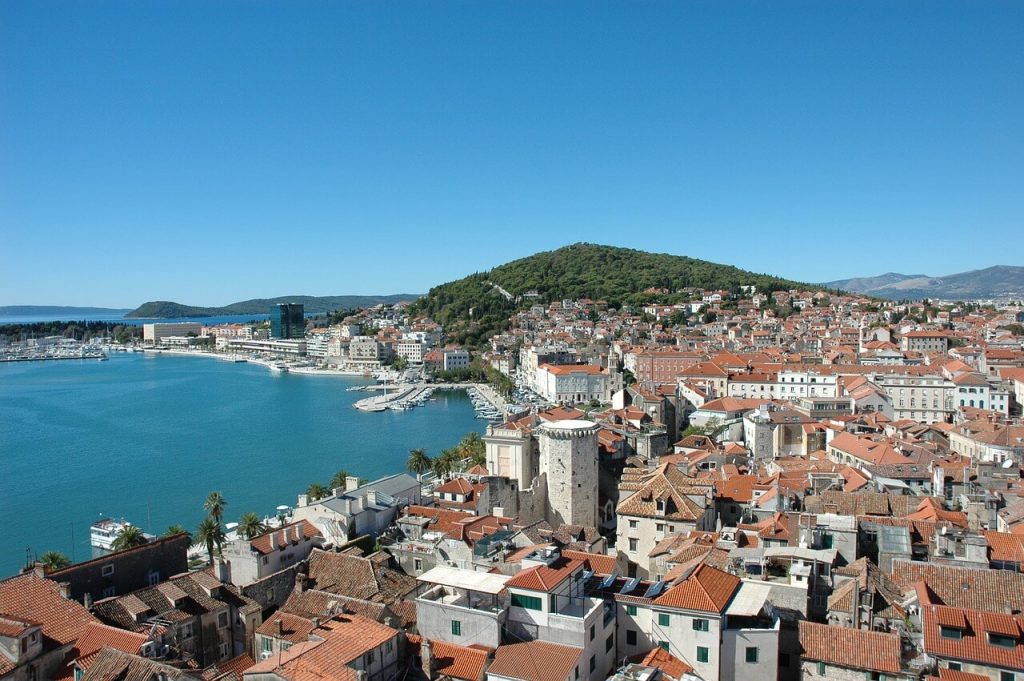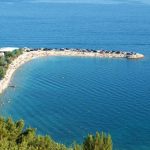To find treasure on Marjan, it is enough to walk carefully along its paths, glades, and hidden corners, absorbing the plant world whose diversity makes Split richer than imagined, reports Slobodna Dalmacija.
Namely, the expedition of volunteer researchers led by Igor Belamarić, landscape architect of “Parks and Plantations,” and Dalibor Vladović, curator of the Natural History Museum, found that the outskirts of the city reveal as many as 800 plant species. This is exactly twice as much as expected, Belamarić exclaimed.
“We are making the first detailed vegetation map of Marjan. This research is preparation to see what we are dealing with. Yes, we can say – this is good, this is bad; a path should be made here, and a detour here; protect these plant species and remove these. We will see the differences between the north and south sides, loose and compacted soil, certain parts of the forest. What happens in the vegetation when there are fewer trees and, finally, what is the human impact,” Belamarić added.
He points out that this is a project “VEUlonting for better learning,” funded by the EU, through the program of the European Solidarity Force and the Agency for Mobility and EU programs, designed and applied by scouts volunteers of the Split Scout Association, uniting in their efforts with “Parks and Plantations” and the Natural History Museum, with the support of the Public Institution for Marjan Park-Forest Management, which will remain the database of collected data.
“We hope that it will provide them with an approach that is somewhat wider than forestry because Marjan is still a park-forest,” adds Belamarić, emphasizing that the support of former mayor Andro Krstulović Opara and the Administrative Department for Communal Economy and Police was crucial.
So far, the peninsula map has been shown in one or at most three colors, which indicate the predominance of a particular species. However, new findings show that there is considerable diversification within it.
“It is already possible to find up to 40 plant species within 10 sqm. We analyze and compare different surfaces and determine the dominant species so that we can join each surface to the table,” said Belamarić.
Since November last year, Spaniard Estela Rey Pico has been involved in this botanical story, and she has mastered the craft on projects dedicated to environmental protection.
“We explore and enjoy. We write tables, keep photo documentation and try to determine the percentage coverage for each plant we notice. Although it has become sweltering hot, this is still a dream job and an interesting and rewarding experience.
It was really unique to follow the forest from month to month, from week to week, to watch the plants sprout, grow and bloom,” the volunteer said, adding that at first they didn’t even know the names of the plants, so they devoted themselves to learning in the first months to start mapping with the arrival of spring.
She is pleased that they were joined by Marie Sole Vespasiano, a biologist from Naples, who ended up in Split thanks to her contribution to the research of antiaging molecules at MEDILS.
“I love Split, and I am happy that I can get involved in such activities,” said Vespasiano. The remaining two volunteers have an enviable knowledge of the terrain.
“When I came, I knew nothing about plants, and now I got a chance to meet them and see them at all stages. Igor or Professor Dalibor are with us every time, so we can always contact them if we are unsure what a plant is called.
No matter how much we have learned, and now that we are working on a section where we find maybe 15 different species, we have to ask for the name of a few. Marjan really has so many types,” said Pablo Garces Lazaro.
“Our initial intention was to work here with children through other projects with scouts, and we applied for that. But due to precautionary measures against the spread of the pandemic, we were offered this alternative, which we reluctantly accepted,” said Miguel Iglesias.
“We counted 19 different species. This is slightly below average for particles like this. But here we also find these beautiful yellow flowers. Mexican prickly pear came here some 100, 200 years ago and created a problem for us because it is invasive and steals space from indigenous species. It has spread along the entire southern side, so it should be removed to protect our native species,” he stated.
The map will, among other things, give an insight into the distribution of invasive species, which will then be proposed to the authorities for removal, and the scouts will offer them their organizational skills and volunteer contribution.
“This is called spatial rehabilitation, i.e., landscape care measures, which are an obligation following a decision of Parliament. One of the main things today is the extinction of plant species. Some announcements say we will lose an eighth of them by 2100.
We try to preserve them as long as possible so that we do not look for seeds later in the herbariums and pray to God that they are still alive to return a plant to nature.
In principle, people think that national parks should be protected, which is fine. But, still, I think that nature should be protected outside protected zones as well,” Belamarić said and added that we are not recording any extinction of plant species on Marjan yet.
According to him, these 800 recorded speak in favor of enviable biodiversity, especially when you consider that Great Britain has 1,500 species. However, he says that there is still a lot of work ahead of them, and he hopes that in the next school year, some of the students from Split will join them, who were prevented from participating in the first phase of the project due to the pandemic.
Stay tuned as TCN intern Anastasia Stasyuk will give a first-hand account of mapping with the scouts on Marjan!
For more news like this, follow our lifestyle section.









